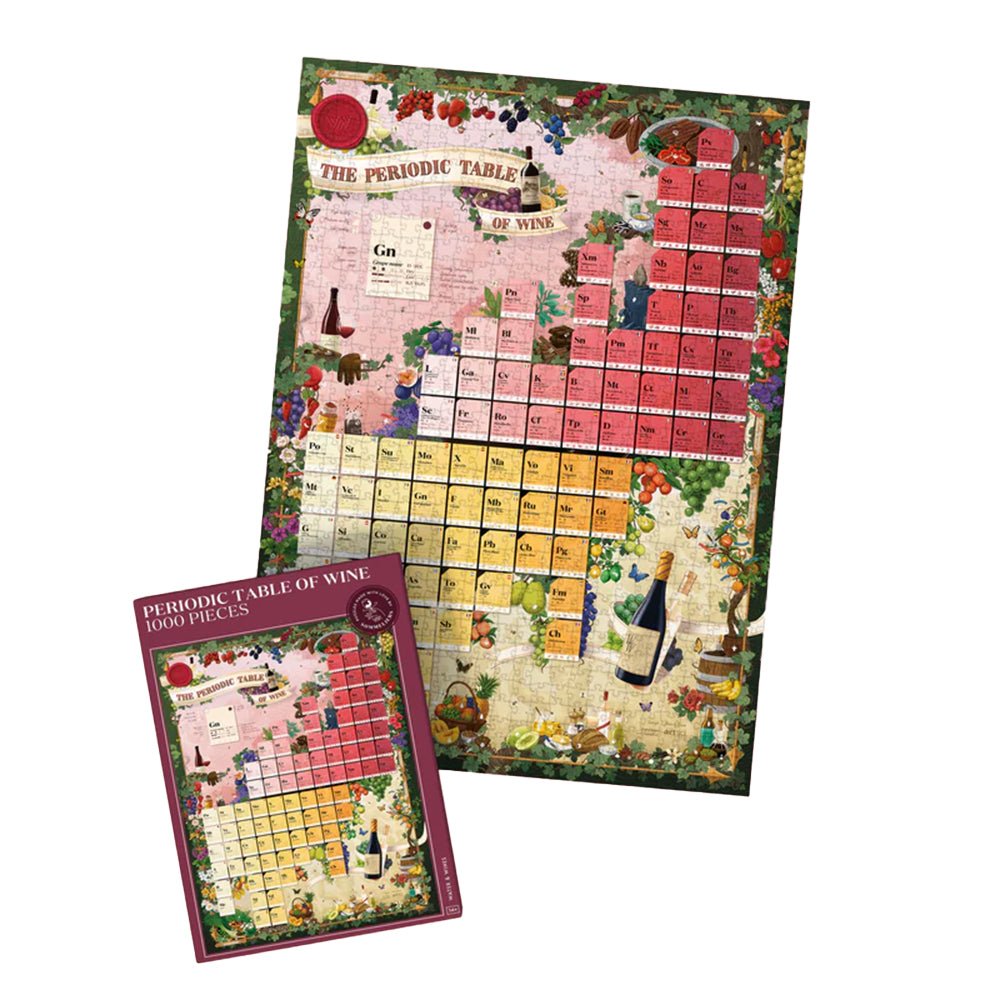William Fèvre - Chablis - Fourchaume - 1er Cru
88 points - The Wine Advocate
92 points - The Wine Advocate

William Fèvre - Chablis - Fourchaume - 1er Cru
88 points - The Wine Advocate
92 points - The Wine Advocate
Regular price€61.20
€61.20
/
- In stock, ready to ship
- Inventory on the way
Lemon oil subtly pervades the mossy nose on this wine with richness and generosity. The juicy palate adds zestiness that plays above rounded, smooth yeastiness. Towards the finish this taper towards limestone depth, ending with a long echo of lemon. Lovely now, the wine will show its truer self with bottle age.
The 2017 Chablis 1er Cru Fourchaume offers up aromas of lemon oil, white flowers, and oyster shell. On the palate, it's medium to full-bodied, ample, and delicately glossy, with tangy acids, an open knit, giving core and a bright, saline finish. This is an immediate, charming Fourchaume that is already showing well.
Lemon oil subtly pervades the mossy nose on this wine with richness and generosity. The juicy palate adds zestiness that plays above rounded, smooth yeastiness. Towards the finish this taper towards limestone depth, ending with a long echo of lemon. Lovely now, the wine will show its truer self with bottle age.
The 2015 Chablis 1er Cru Fourchaume comes from eight parcels on main soils within the lieu-dit of Vaulorent. It has a delightful bouquet with scents of fresh pear, a hint of marzipan; it is sweet and charming while retaining Chablis-like austerity and poise. The palate is well balanced with crisp acidity, well poised with a touch of salinity developing towards the harmonious finish. This is another excellent wine from William Fèvre.
Lemon oil subtly pervades the mossy nose on this wine with richness and generosity. The juicy palate adds zestiness that plays above rounded, smooth yeastiness. Towards the finish this taper towards limestone depth, ending with a long echo of lemon. Lovely now, the wine will show its truer self with bottle age.
Type: |
White |
Country: |
France |
Region: |
Burgundy |
Appellation: |
Chablis |
Producer: |
William Fevre |
Grapes/Blend: |
Chardonnay |
ABV: |
12.5% |
Local Delivery
We have a fleet of vans that deliver throughout the French and Italian Riviera, rates calculated based on distance at cart stage. Option to book time and date.
For deliveries further afield, please call for a quote: +33 4 65 84 99 51
France / Monaco
1 - 2 working days delivery in France, for orders placed before 2pm.
Options for couriers and drop off points available at checkout.
EU - Mainland
1 - 3 day delivery throughout mainland EU, for orders placed before 2pm. Allow an extra day for islands.
Options for couriers and drop off points available at checkout.
Rest of the World
Please call for a quote: +33 4 65 84 99 51






